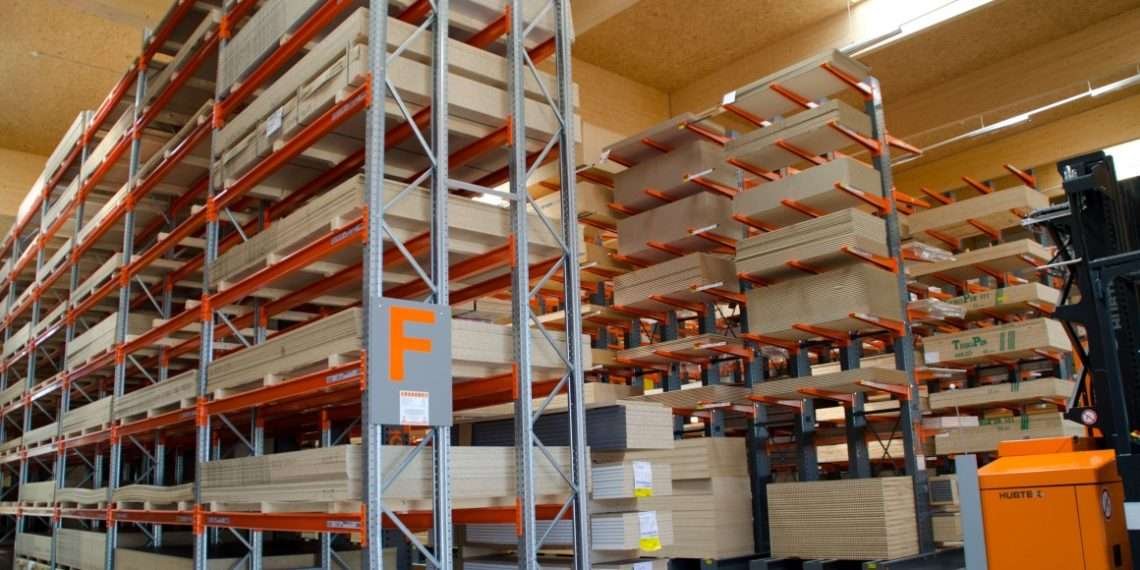A case studies from Benin, Cameroon, Ghana and the Republic of Congo has highlighted that regional integration can boost trade in wood products among African countries.
The continent’s significant forest resources are under-utilized, the report notes. Also, despite the high number of timber-exporting countries in Africa, over 90% of exports are primary products with little value addition, rather than furniture, doors and window frames, printing and writing paper, newsprint, household sanitary papers and packaging materials.
The report pinpoints to the fact that Africa has significant forest resources that are currently under-utilized and under-shared among the endowed and the less endowed within the continent.
Furthermore, data on the exports logs, sawnwood, veneers and plywood constituted the focus of the study for the period 2009 to 2017. The report also captures tree specie preferences, trade flows, opportunities and challenges
According to the report, the African Continental Free Trade Area (AfCFTA), which came into effect on January 1, 2021 and created a trade area with a combined GDP of $3.4 trillion, can be a game changer for intraregional trade in wood products.
The agreement is expected to reduce tariffs among member countries and cover policy areas such as trade facilitation and services, as well as regulatory measures such as sanitary standards and technical barriers to trade.
Overall, intra-African trade is much lower than trade within other regions, at 10-13 per cent. By comparison, intra-regional trade accounts for 72 per cent in Europe and 52 per cent in Asia. In North America, intra-regional trade accounts for 48 per cent and 26 per cent in South Central America.
The report further highlights that understanding of the trade dynamics governing various product types at the country and continental levels can help inform the implementation of regional policies, treaties and conventions for effective African integration.
The report identifies six factors that will be critical in boosting the intra-African wood trade: continental destination of products; African destination of products; product type, private sector business interest, tree species demand, and government policy and regulation. Further, African countries’ disparate endowments and resources can also spur demand and open greater opportunities for trade on the continent.
Moreover, it recommends harmonization of regulations governing cross-border tariffs and promotion of domestic consumption of finished wood products by guaranteeing quotas in public procurement and providing incentives for value addition.
The report also recommends harmonization of regulations governing cross-border tariffs and promotion of domestic consumption of finished wood products by guaranteeing quotas in public procurement and providing incentives for value addition.
“Countries need to develop concrete strategies for ensuring further wood processing, stimulating local consumption and taking advantage of the AfCFTA to boost trade in wood products,” said Julius Tieguhong, a forestry officer at the ANRC.
“The potential benefits of intra-African trade in wood products can be substantial. Every effort should be made to achieve them through policy interventions. Such interventions should aim to increase the share of wood products imported by the less forest-endowed African countries from those that are more endowed.”
READ ALSO: Ghana listed among fastest growing FinTech hubs in the world



















